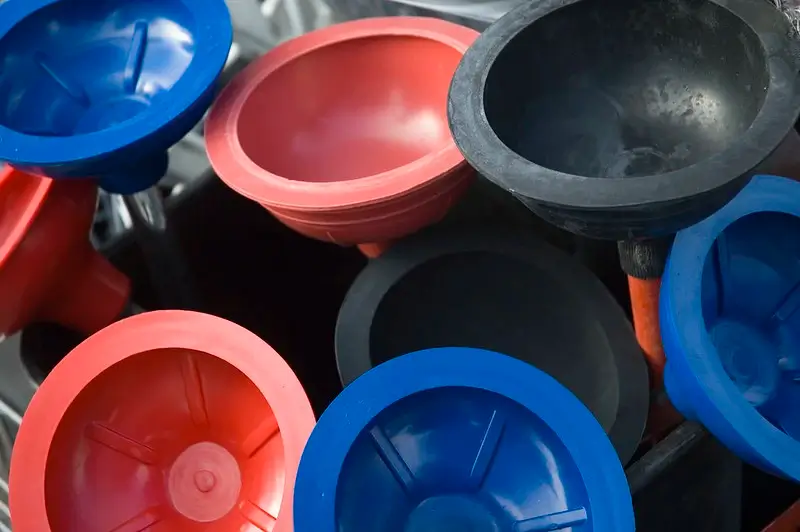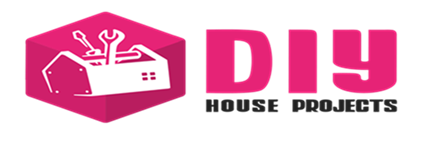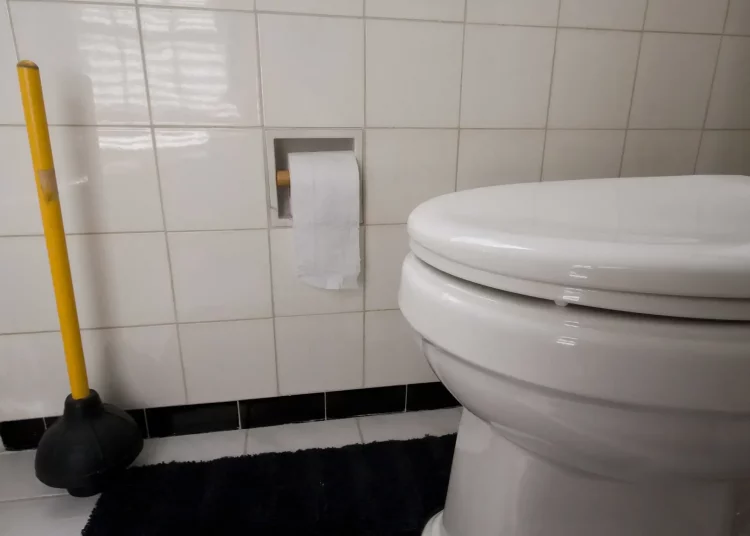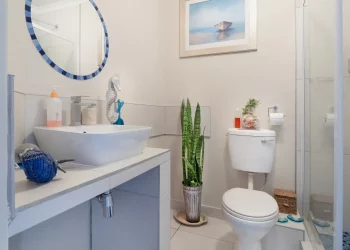Have you ever found yourself in a situation where you needed a toilet plunger but didn’t have one handy? Well, you’re not alone. Toilet plungers are one of the most common items people forget to keep in their homes.
If you have a clogged toilet, you will need a plunger. But not just any plunger will you need one that is the right size and shape for your toilet. Each type is best suited for a different type of clog.
So, what are the different types of plungers? And which one should you use for your clogged toilet? Read on!
What Is a Plunger and What Are Its Uses

A plunger is a tool that is used to clear blockages in drains. It consists of a rubber cup that is attached to a long handle. The cup is placed over the drain, and the handle is pushed and pulled to create suction.
This section breaks up the blockage, allowing it to be flushed away. Plungers are most commonly used in toilets but can also be used in sinks, bathtubs, and showers for clearing drains. In addition to clearing blockages, plungers can also be used to remove built-up dirt and grime from drains.
When using a toilet plunger, it is important to ensure that the water level is enough in the toilet bowl or basin to cover the cup. This will create an airtight seal and allow the sink plunger to work more effectively.
A plunger holder drip tray is also a good idea to have in handy so that you can store your toilet plunger in a clean, dry place.
Different Types of Plungers and Their Benefits
While most people are familiar with the standard rubber plunger, there are various types of sink plungers, each with its own advantages. Choosing the right plunger for your needs is important to ensure that the job is done quickly and effectively.
Below are some of the most common types of plungers:
Standard Plunger
The most basic plunger is a standard plunger, which is typically used for unclogging toilets. An example of this kind of plunger is the Libman premium toilet plunger.
These plungers have a cup-shaped head that is made from rubber or silicone. The cup creates a tight seal around the drain, which allows the plunger to generate enough toilet water pressure to clear the blockage.
It is best to purchase a plunger holder or caddy to keep your plunger clean and off the bathroom floor.
Toilet Brush Plunger
Toilet brush plungers have a long, cylindrical head that is made from nylon or another type of stiff material. The head of the plunger is inserted into the toilet bowl and then twisted to break up the blockage.
This type of plunger is also specifically designed for clearing a clogged toilet.
Flange Toilet Plungers
Stainless steel flange toilet plungers are designed explicitly for elongated toilets. This plunger has a rubber cup that fits over the drain hole and a long handle that can be used to generate enough water pressure to clear the clog of an elongated toilet.
It’s also best to use a plunger holder drip tray when using this plunger to keep it clean dry and ready for its next use.
Accordion Toilet Plungers or Bellows Plungers
An accordion plunger is similar to a flange plunger but has an expandable head that can be adjusted to fit a variety of drain sizes. The shape of an accordion plunger allows the plunger to create a seal around the drain, which enables you to apply water pressure to the plunger to push the blockage through the drain.
This type of plunger is also specifically designed for toilets with a clog near the flange.
Aside from the different types of plungers, there are also a variety of plunge toilet tools you can use for maximum performance. An air drain blaster, for example, is a great addition to your cleaning tools since it employs an air pressure force to swiftly and easily remove blockages.
Moreover, this sink plunger can also be used on other drains, such as bathtubs and floor drains.
Beehive Plunger
The Beehive plunger is a unique type of plunger that is designed to fit over most standard drains. This plunger has a cup-shaped head with an attached mesh screen in a beehive design.
The mesh screen helps to break up the blockage, while the cup creates a seal around the drain. The Beehive plunger can be used on most types of drains, including toilets, sinks, bathtubs, and showers.
A Few Words of Caution When Using Plungers
When confronted with a clogged drain, many people reach for a plunger without giving it much thought. However, there are a few things to keep in mind when using this tool, or you may make the problem worse:
- Ensure that the plunger is the right size for the drain. A plunger that is too small will not create enough suction to clear the blockage, while a plunger that is too large can damage the drain.
- Always use a stainless steel plunger with a smooth surface. Plungers with ridges or other textures can damage delicate surfaces like porcelain. Also, use a plunger holder drip tray to prevent bacteria or dirt from contaminating your plunger.
- Be careful not to splash water when using a plunger. The suction from the plunger can cause toilet water to spray out of the drain, making it difficult to see what you are doing.
If you think your drain is severely blocked, it is best to call a professional plumber for high-efficiency precision plumbing services to clear the blockage. With the right plunger and a little bit of elbow grease, you should be able to remove most clogs yourself.
Just remember to use caution and take your time to not damage your drains.
Other Plumbing Tools for Unclogging Drains
While plungers are the go-to tool for most people, there are quite a few different ways you can unclog a drain without one. If you’re looking for an alternative to plunging, several different drain-unclogging products can get the job done quickly and easily.
Here are a few of our favorites:
- Drain Snake or Drain Auger
A drain snake is a long, flexible rod inserted into the toilet drain to clear blockages. The auger on the drain snake’s end helps break up the toilet clog so that it can be flushed through the drain. Drain snakes are available in various sizes, so be sure to choose one that is appropriate for the size of your toilet drain.
- Plunger Pump
A plunger pump is a hand-operated pump that uses suction to remove blockages from drains. The plunger pump is inserted into the drain and then pumped to create a vacuum. This vacuum pulls the blockage into the plunger, which can then be removed from the drain.
- Chemical Drain Cleaner
Chemical drain cleaners are caustic chemicals used to remove blockages from drains. The chemical is poured into the drain and allowed to sit for some time. The chemical reacts with the blockage, which breaks it up and allows it to be flushed away.
- Wet/Dry Vaccum
A wet/dry vacuum is a powerful vacuum that can remove blockages from drains. The vacuum is inserted into the drain and turned on. The vacuum suction pulls the blockage into the vacuums, which can be removed and disposed of.
- Hydro Jetter
A hydro jetter is a machine that uses high-pressure water to remove blockages from drains. The hydro jetter is inserted into the drain, and the water is turned on. The high-pressure water breaks up the blockage and flushes it away.
Hydro jetters effectively remove tough blockages, such as tree roots and grease buildup. They can also be used to clean out clogged sewer lines. Hydro jetters are safe for all types of bathroom drain pipes, including PVC, copper, and cast iron.
- Air Compressor or Air Blower
Air compressors and air blowers are useful tools for clearing blockages from drains. Air compressors insert the nozzle into the drain and then turn on the machine. The compressed air will break up the blockage and clear the drain. Air blowers work similarly but use high-pressure air to blow the blockage out of the drain.
- Drain Gel or Drain Foam
Drain gels and foams are chemical-based products designed to break up clogs. These products are typically used in combination with a plunger or drain snake. Simply pour the gel or foam into the drain and let it sit for a few minutes before using a plunger or drain snake to clear the clog.
- Drain Blaster
A drain blaster is a powerful device that uses high-pressure air to break up and remove clogs. Simply insert the hose into the drain and turn on the device to blast away the clog. Drain blasters are available in both manual and automatic models.
- Enzyme Drain Cleaner
Enzyme drain cleaners are a safe and effective way to break down organic material causing a clog. These products work by releasing enzymes into the drain, which break down the clog so it can be flushed through the system. Enzyme drain cleaners are available in both liquid and gel form.
- Baking Soda and Vinegar
This old-fashioned remedy is a great way to break down simple clogs. Simply pour ½ cup of baking soda down the drain, followed by ½ cup vinegar. Cover the drain with a plunger and let the mixture sit for 15 minutes before flushing with hot water.
Tips for Preventing Clogged Toilets in the Future
Clogged toilets are a common plumbing problem, but they can be easily prevented with a little forethought. While many products on the market claim to prevent clogs, the best way to avoid a clogged drain toilet is to simply be mindful of what you flush.
Avoid flushing food scraps, coffee grounds, grease, or hair down the toilet, as these items can quickly build up and cause a blockage. If you have small children in the house, teach them what items should and should not be flushed down the toilet.
In addition, it’s important to have a regular cleaning routine. Once a week, pour a cup of baking soda into the toilet bowl and let it sit for a few minutes before scrubbing it with a toilet brush.
This will help to remove any buildup that has been collected on the sides of the bowl. Finally, it’s a good idea to inspect your toilet regularly for any signs of wear and tear. If you notice any cracks or leaks, make sure to have them repaired immediately.
Final Thoughts
Sink plungers and toilet plungers are essential but simple tools for any homeowner. Keep your bathroom clean and functional without breaking the bank by choosing any one of these options available at most distribution centers for maximum performance.
Your bottom deserves the best of the best, and that’s exactly what you’ll get with these top-rated toilet plungers.




















